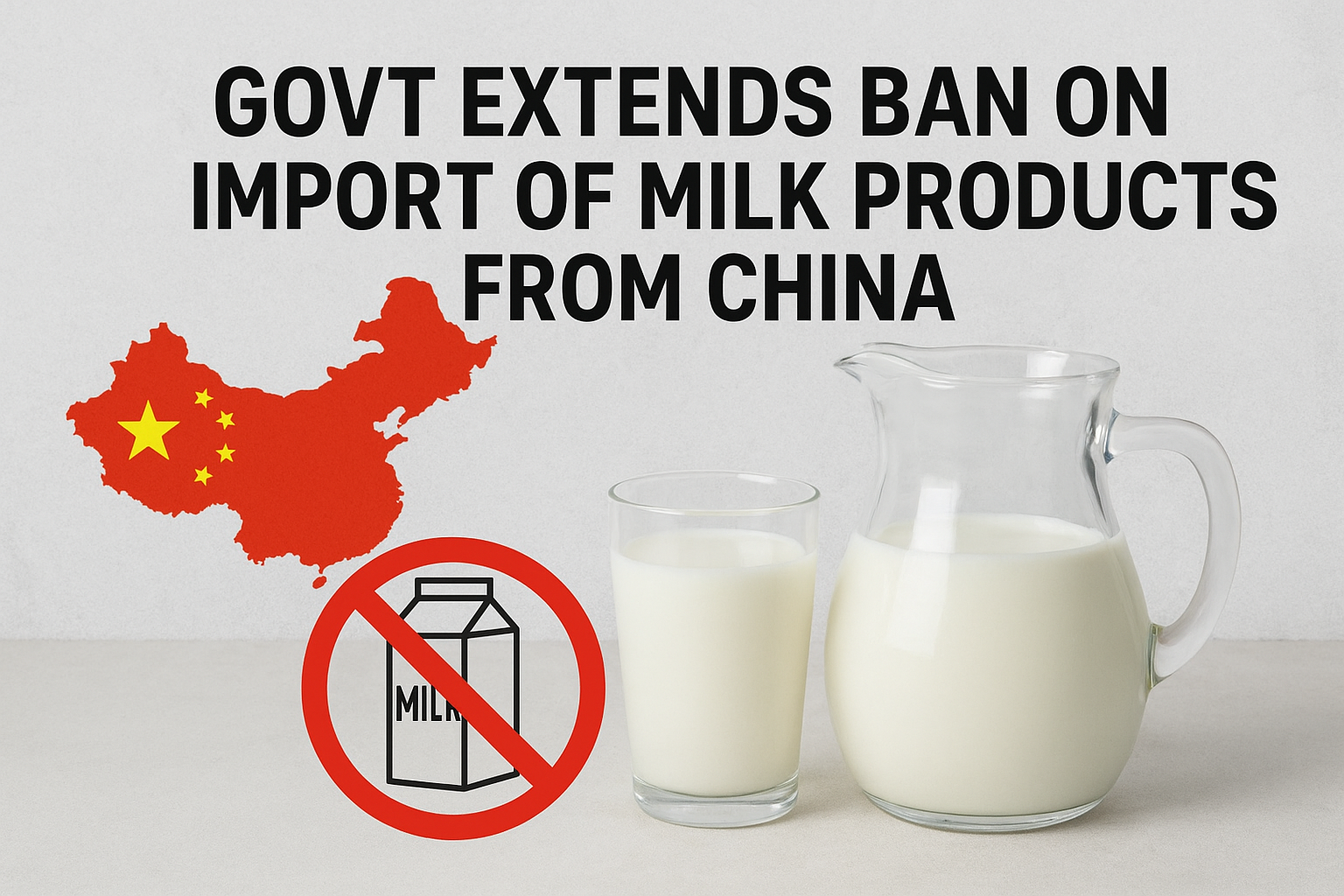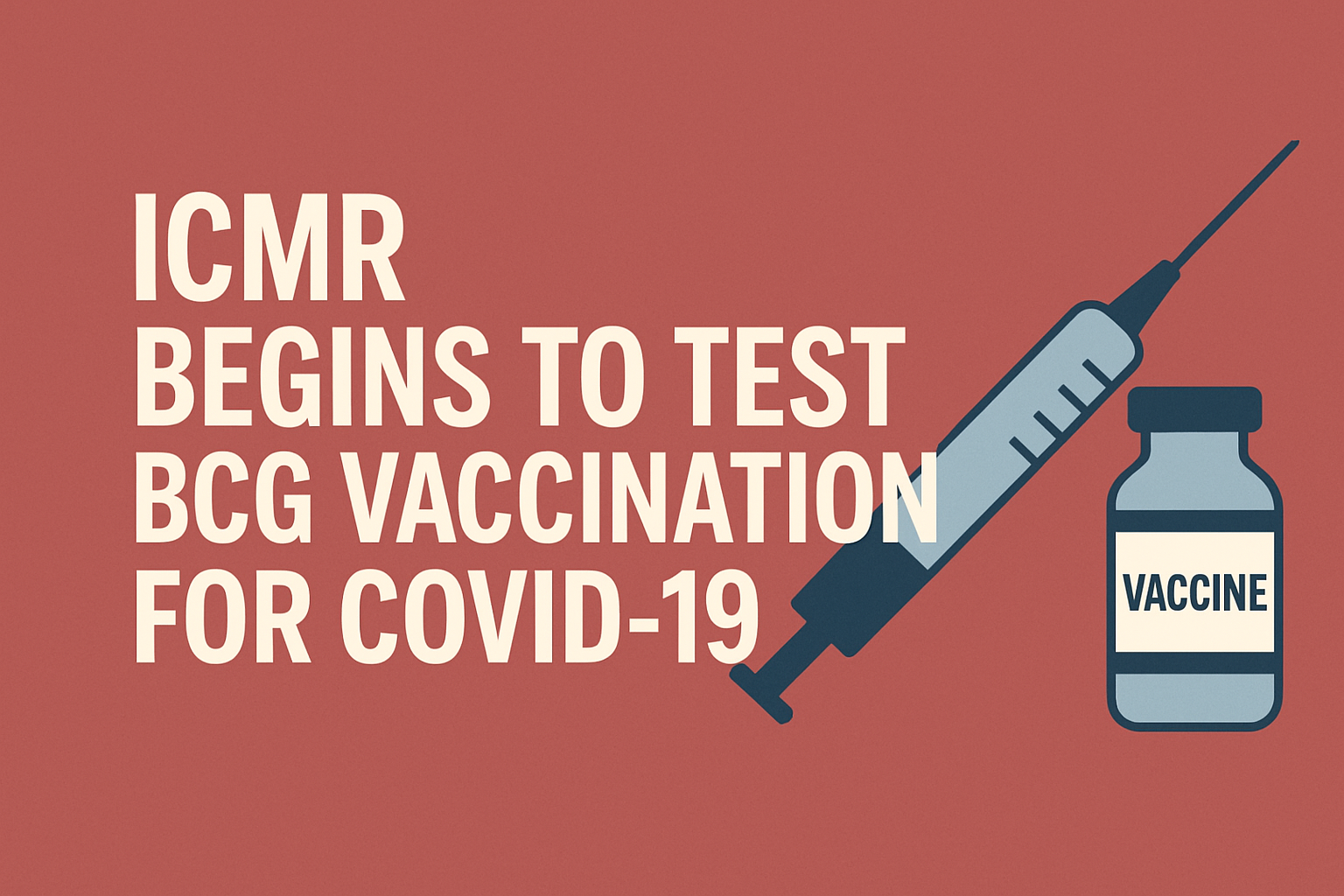govt extends ban on import of milk products from china
The government’s decision to extend the ban on the import of milk and milk-based products from China has once again brought attention to issues of food safety, quality control, and public health. This move is not new; the restriction has been in place for several years due to recurring concerns about contamination and product standards. The latest extension underscores a continued cautious approach toward protecting domestic consumers from potential risks associated with imported dairy products.
This article provides a detailed, informational analysis of why the ban exists, the historical background, its implications for trade and consumers, and how it fits into global food safety regulations.
Background of the Ban
The import ban on milk products from China was first imposed in 2008 following the global melamine contamination scandal. Thousands of infants in China suffered health issues after consuming milk adulterated with melamine, a toxic chemical used to falsely elevate protein content in milk tests. This incident led many countries, including India and several in the European Union, to suspend the import of dairy products from China.
The Indian government initially implemented the ban as a temporary precautionary measure. However, subsequent reviews by the Food Safety and Standards Authority of India (FSSAI) and other regulatory agencies found persistent concerns about safety verification processes and transparency in Chinese dairy production. Consequently, the restriction has been renewed multiple times to ensure consumer safety.
Reasons for Extending the Ban
1. Food Safety Concerns
The primary reason behind the continuation of the ban is the safety and quality of milk products. Despite improvements claimed by Chinese authorities, independent testing and surveillance data have not been sufficient to confirm the complete elimination of risks. Contaminants such as melamine, heavy metals, and antibiotic residues remain key points of concern.
2. Regulatory Gaps and Verification Challenges
Ensuring the traceability and authenticity of imported food items is a major challenge. The FSSAI requires detailed origin documentation and laboratory verification, but gaps in transparency within certain supply chains make reliable testing difficult. The government, therefore, prefers to extend the ban rather than risk unsafe imports entering the market.
3. Consumer Protection Priority
Consumer protection is at the heart of the decision. Milk is a staple food in India, widely consumed by children and vulnerable populations. The government has emphasized that it will not compromise public health by allowing potentially unsafe imports until all safety parameters are fully met and verified.
4. Support for Domestic Dairy Industry
Another indirect benefit of the ban is its support for the domestic dairy sector. India is one of the world’s largest producers of milk, and protecting local producers from questionable imports helps maintain industry standards and consumer confidence. While this is not the primary reason, it is a positive side effect of the restriction.
Role of FSSAI and Other Agencies
The Food Safety and Standards Authority of India plays a central role in monitoring and enforcing import regulations related to milk products. Before any change in policy, FSSAI conducts detailed risk assessments and collaborates with the Directorate General of Foreign Trade (DGFT). These agencies also consult with scientific experts and international food safety organizations to ensure decisions are evidence-based.
Regular advisories are issued to port authorities, customs departments, and importers to prevent the entry of banned products. Periodic sampling and inspection of imported consignments ensure strict compliance with the order.
Impact on Trade and Market
1. Limited Trade Disruption
Since China is not a major exporter of milk products to India, the economic impact of the ban remains relatively limited. However, the restriction sends a strong message about India’s commitment to food safety and quality assurance in international trade.
2. Encouraging Domestic Alternatives
The ban indirectly stimulates local dairy innovation. Indian manufacturers have invested heavily in advanced processing technologies, quality assurance systems, and product diversification to meet consumer demands that imported products previously addressed.
3. Consumer Confidence
When governments take proactive measures to protect food supply chains, it strengthens public trust. The extended ban reassures consumers that safety is prioritized over trade or profit motives. This confidence is essential for maintaining a healthy market environment.
International Reactions and Global Standards
Globally, the 2008 contamination incident reshaped how nations handle dairy imports. Many countries tightened their import regulations, improved testing protocols, and adopted stricter documentation standards. The Codex Alimentarius, maintained by the World Health Organization (WHO) and the Food and Agriculture Organization (FAO), serves as a global reference for food safety guidelines.
India’s decision aligns with these international standards, ensuring consistency with global safety frameworks. It also highlights India’s proactive role in enforcing food safety at the international level.
Public Health Implications
1. Preventing Contaminant Exposure
The extension of the ban prevents exposure to harmful substances that can cause long-term health issues, especially in children and elderly populations. Milk contaminated with melamine or other chemicals can lead to kidney stones, urinary tract complications, and developmental disorders.
2. Maintaining Nutritional Security
By promoting safe, domestically produced milk, the government ensures nutritional security for millions of households. India’s dairy sector has sufficient capacity to meet demand, minimizing dependency on foreign imports.
3. Monitoring and Surveillance
Public health safety is supported by continuous monitoring. FSSAI’s network of laboratories regularly tests domestic products to maintain safety standards, ensuring that both imported and local milk supplies remain under strict scrutiny.
Historical Review of Ban Extensions
Since 2008, the government has periodically reviewed the ban based on recommendations from FSSAI. Each extension reflects ongoing caution and the need for further data from international regulatory counterparts.
Key timelines include:
- 2008: Initial ban after melamine scandal.
- 2011–2016: Multiple renewals due to safety concerns.
- 2019: Continued restrictions after incomplete verification from Chinese sources.
- 2025: Latest extension reaffirming precautionary stance amid unverified safety compliance.
Each phase demonstrates a consistent priority: public safety over commercial considerations.
Challenges in Lifting the Ban
Several technical and administrative challenges delay the lifting of the restriction:
- Inconsistent testing reports from international laboratories.
- Lack of transparent supply chain traceability from producers in China.
- Limited cooperation in bilateral safety verification processes.
- Potential geopolitical factors influencing trade policies.
Until these challenges are resolved with verifiable data, the government is unlikely to remove the ban.
Consumer Perspective
Consumers have largely supported the government’s decision, recognizing it as a precautionary and health-centered step. Domestic brands have filled the supply gap effectively, ensuring availability of milk powder, baby formula, and other dairy products.
Awareness campaigns by regulatory bodies also educate consumers on identifying safe and verified food products, promoting a more informed population that values quality assurance.
Future Outlook
The future of the ban depends on two major factors: verified safety compliance from Chinese exporters and confidence-building measures between regulatory authorities. If future inspections and documentation meet FSSAI standards, the government may reconsider the policy. However, until there is concrete evidence of safety and transparency, the precautionary extension remains the most responsible choice.
The ongoing ban also signals India’s evolving regulatory maturity — balancing trade interests with uncompromised consumer protection.
FAQs
Q1: Why has the government extended the ban on milk imports from China?
The ban has been extended due to continued concerns about contamination, lack of verified safety data, and consumer protection priorities.
Q2: When was the original ban first implemented?
It was first imposed in 2008 following the melamine contamination scandal that affected thousands of infants in China.
Q3: Does this ban affect domestic milk supply in India?
No. India’s domestic dairy industry is large and self-sufficient, ensuring consistent supply of milk and related products.
Q4: What role does FSSAI play in this decision?
FSSAI assesses food safety risks, conducts testing, and provides scientific recommendations to the government before any import-related decisions are made.
Q5: Can the ban be lifted in the future?
Yes, but only after verified safety assessments and transparent documentation from the exporting country meet India’s regulatory standards.
Q6: Is this ban linked to trade disputes or only health concerns?
The decision is primarily health-driven, with food safety and consumer protection as the main reasons.
Conclusion
The government’s decision to extend the ban on milk and milk-based product imports from China represents a consistent and health-oriented policy approach. Rooted in precaution and consumer welfare, this measure highlights India’s commitment to maintaining food safety standards and safeguarding public health. Until there is full confidence in the safety of imported milk products, the extension serves as a necessary and responsible step toward ensuring that only safe, verified, and high-quality food products reach Indian consumers.




